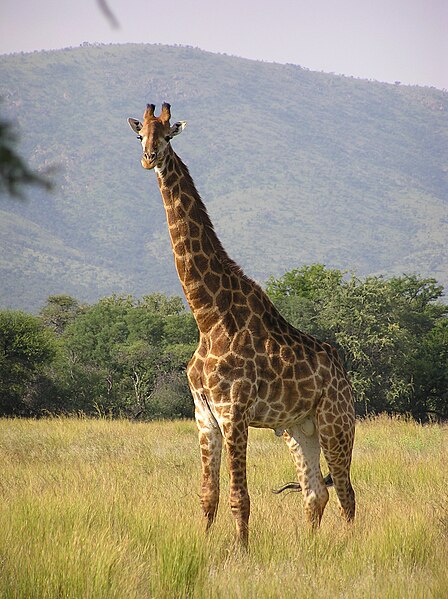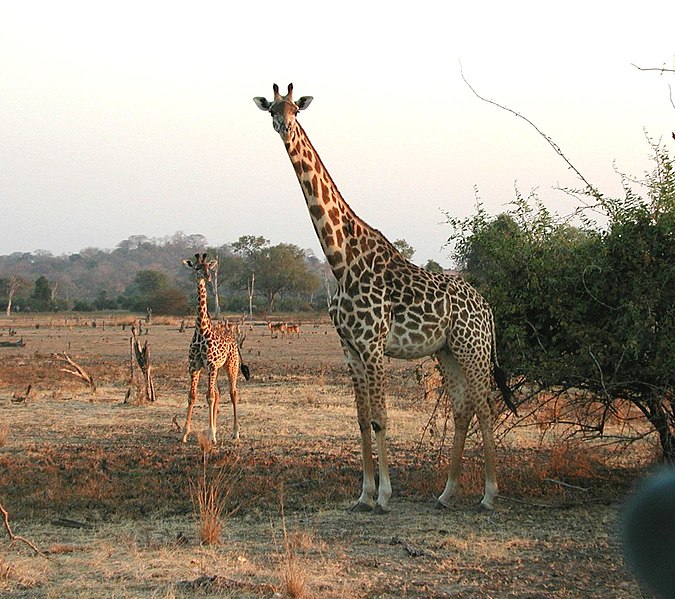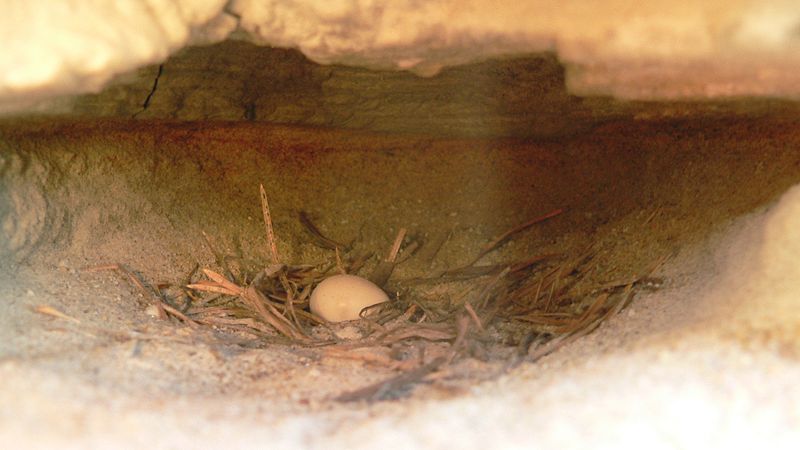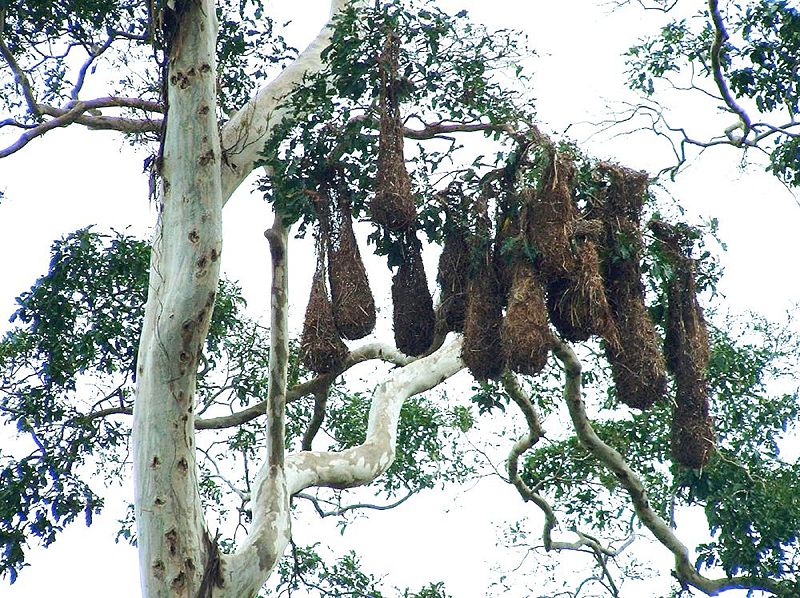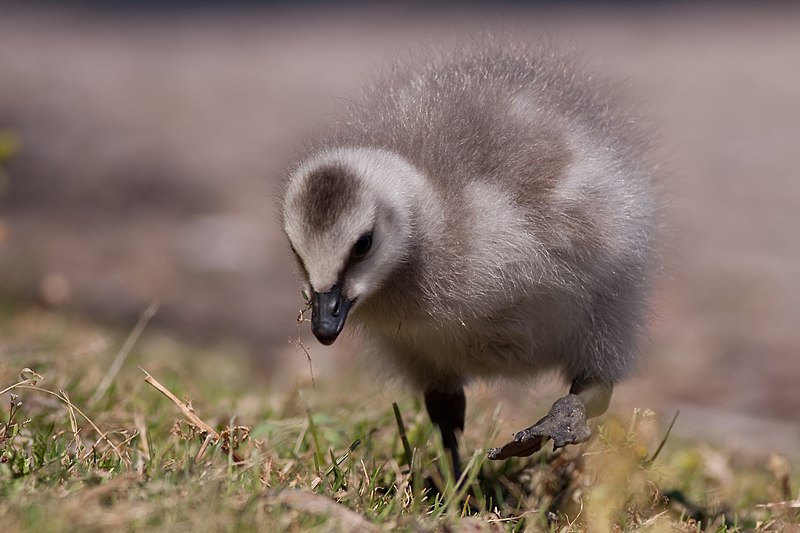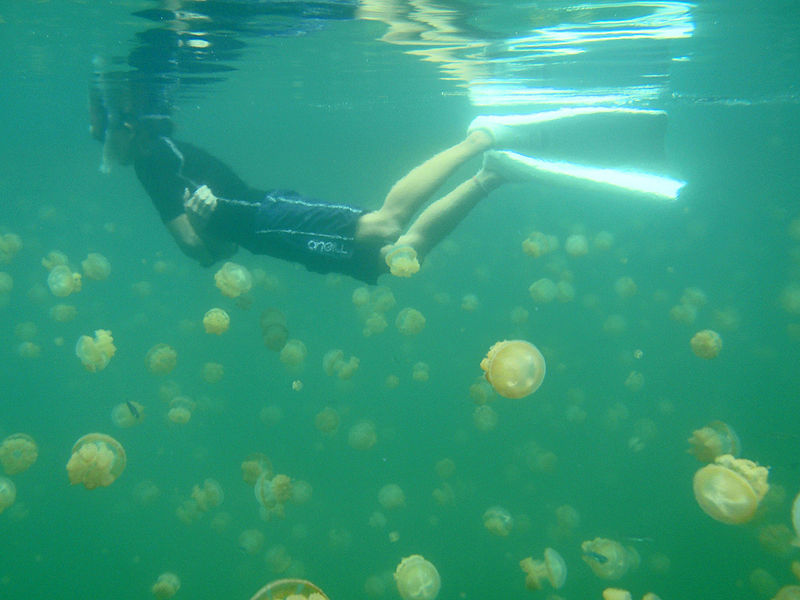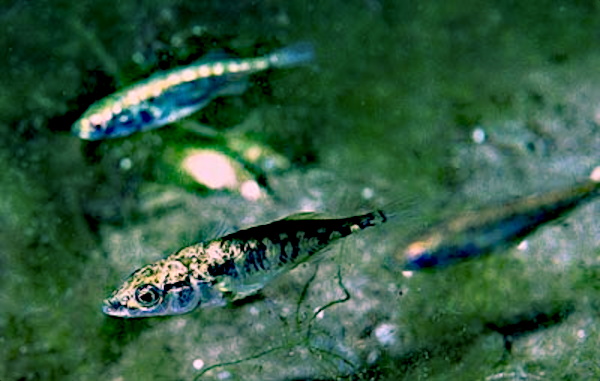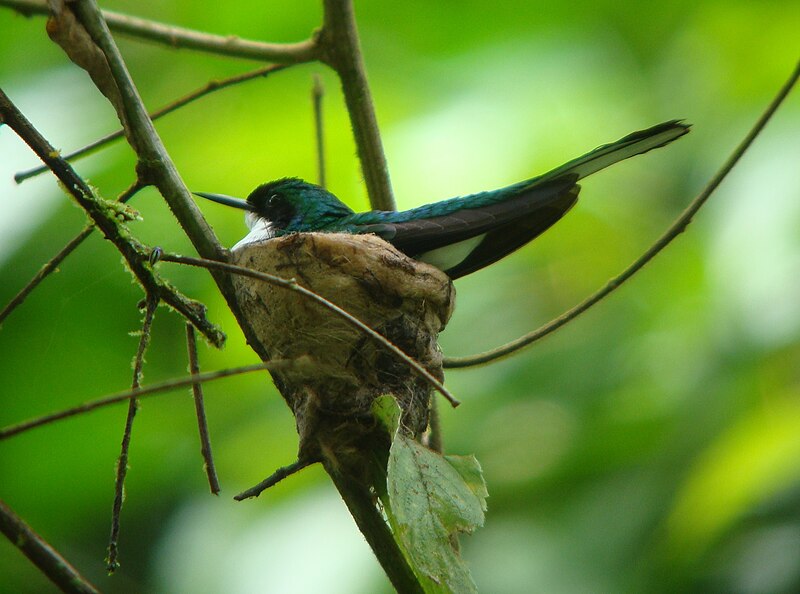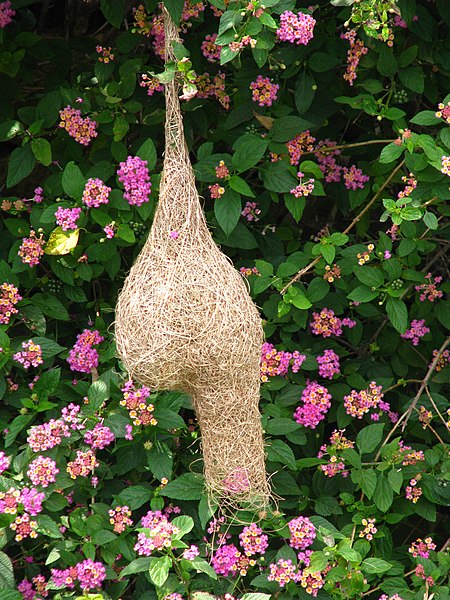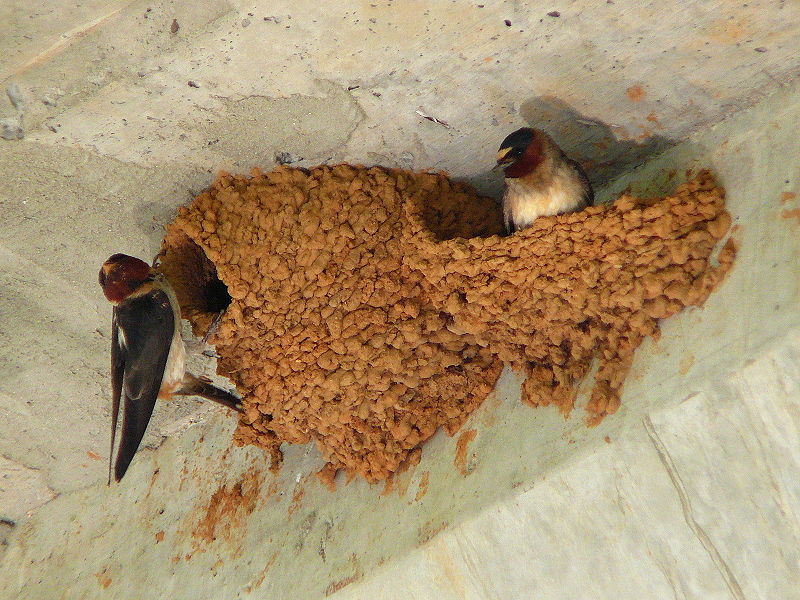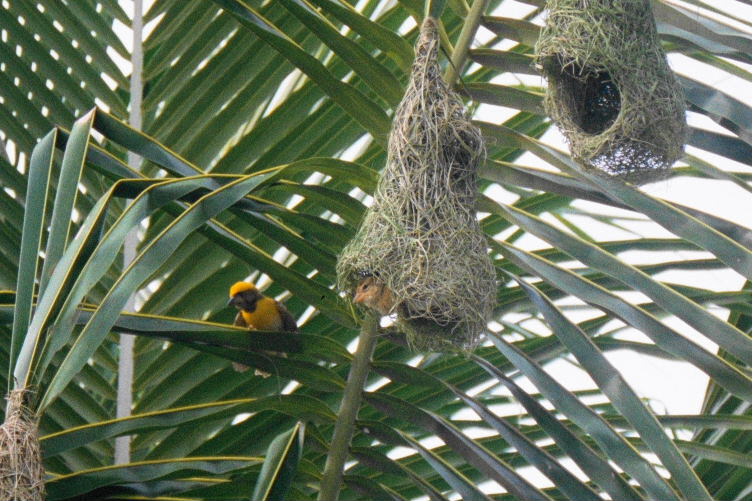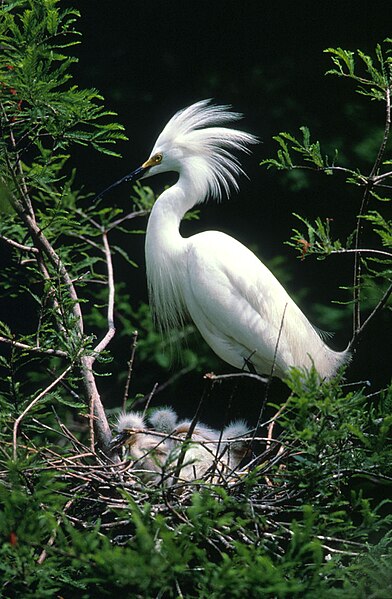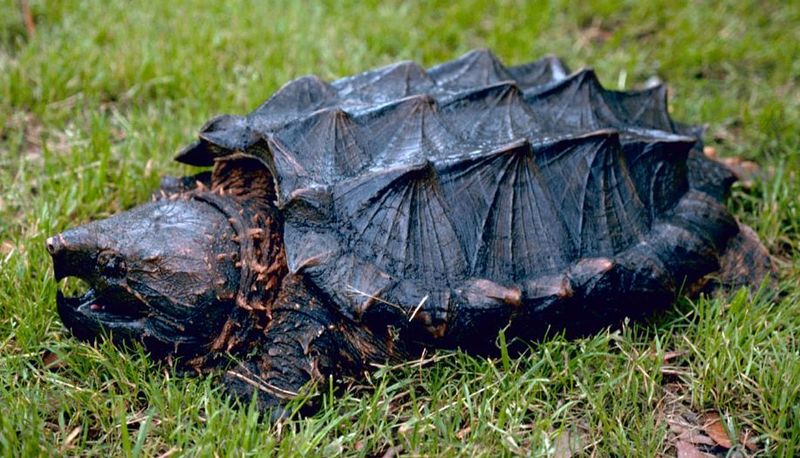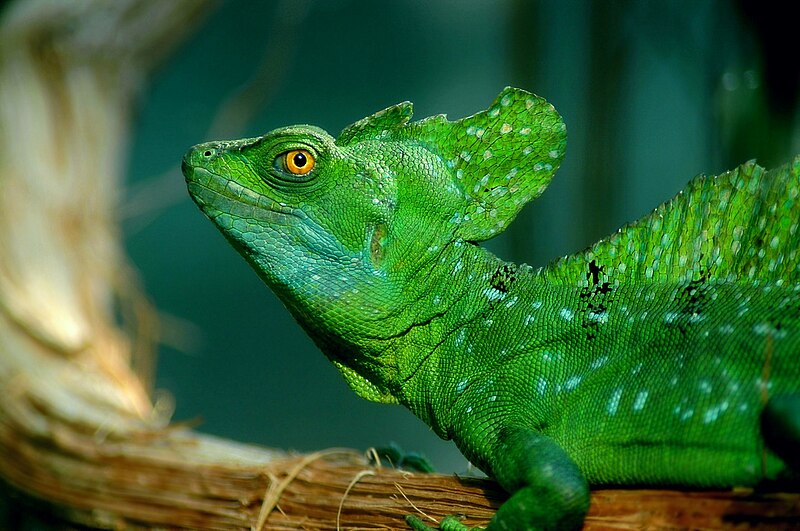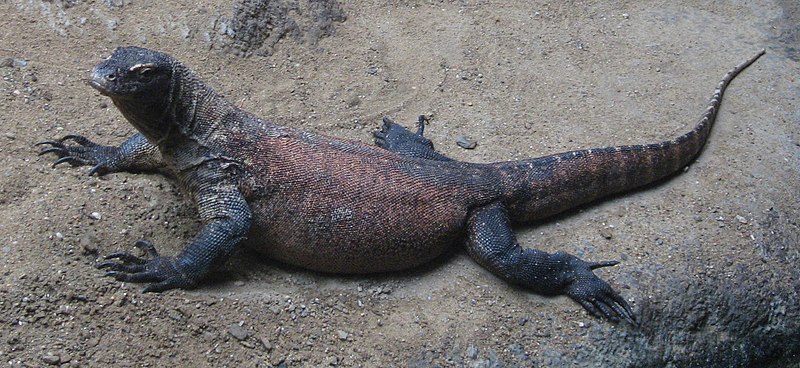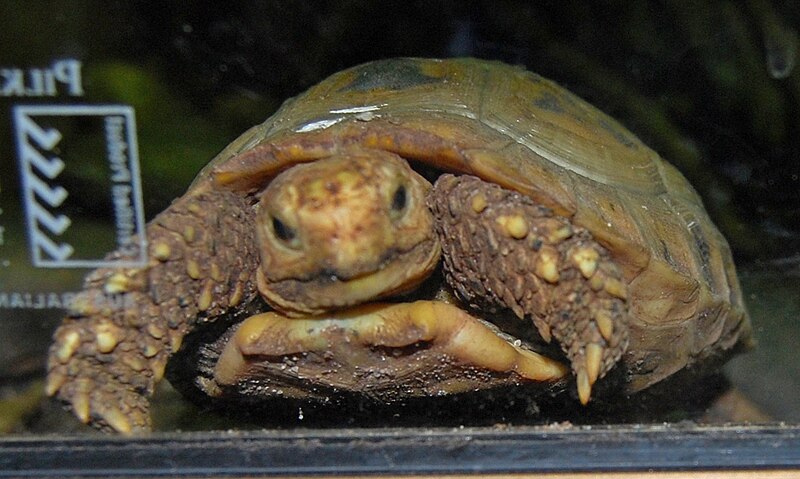Giraffes are among the most fascinating animals on the planet due to their very tall appearance and unique markings which make them among the most well-known animals in the world.
Here’s a long list of interesting and amazing facts about one of the most fascinating animals in the world – the Giraffe.
Image Source
1.) Giraffes are fascinating animals. They have the shortest sleep requirements of any mammal, which is between 10 minutes and two hours in a 24-hour period, averaging 1.9 hours per day
2.) Giraffes are African mammals considered as even-toed ungulate mammals and are related to Okapis.
3.) Giraffes are the tallest of all extant land-living animal species. They can attain a height of up to 5.2 meters or 17 ft tall,
4.) The Tallest male recorded Giraffe stood at about 6 meters or 20 feet tall. That’s equivalent to the height of a 2-story building.
5.) Its scientific name, Giraffa camelopardalis, is referred to its irregular patches of color on a light background which bear a token resemblance to a leopard’s spots while its face is similar to that of a camel.
6.) Ancient Romans and Greeks thought that the Giraffe was a mix between a camel and a leopard, hence the scientific name – Giraffa camelopardalis.
7.) A male Giraffe can weigh up to 1,930 kilograms while a female is up 1,180 kilograms.
8.) A Giraffe’s single step when walking is 15 ft long so you have to run in order to keep up with a walking Giraffe.
9.) The long legs of Giraffes allow them to run as fast as 56 km/h over short distances and cruise comfortably at 16 km/h over longer distances.
10.) During mating season, bulls sometimes battle one another by butting their long necks and heads. Such contests aren’t usually dangerous and usually end when one animal submits and walks away.
Image Source
11.) Giraffes are amongst the animals with the longest tongue – on the average they measure 53-centimeter long.
12.) The most dangerous activity of a Giraffe s drinking because they must spread their legs and bend down in an awkward position to do so which make them vulnerable to predators.
13.) Giraffes have the highest known blood pressure of any mammal in the world which can be up to 280/180mm Hg. That is twice the average human blood pressure.
14.) A Giraffe’s heart beat is up to 170 times/minute while its heart pumps about 16 gallons of blood/minute.
15.) On the average, a Giraffe drinks up to 10 gallons of water per day.
16.) This is why Giraffes only need to drink once every several days. They get most of the needed water from the plants they eat.
17.) Giraffe’s only real predator is the lion and a female Giraffe use their hooves as weapons only to defend their young and hey are strong enough to kill a lion.
18.) Giraffes and Oxpeckers, more commonly known as Tick Birds are good friends. The Oxpeckers help keep the Giraffe parasite free because they eat ticks and other parasites off of the Giraffes skin.
19.) Unlike Crocodiles, Giraffes have no tear ducts but they have been seen crying.
20.) Unlike humans, a female Giraffe give births standing up. A newly born Giraffe, which is called a ‘calf’, must endure falling more than 1.5 meters head first to the ground.
Image Source
21.) Newly born Giraffes are amazing. In half an hour, they can already stand up and within 10 hours after birth, they can already run.
22.) Like Zebras, no two individual Giraffe have exactly the same pattern although Giraffes from the same area look the same.
23.) An individual Giraffe eats up to 34 kg of food a day and its primary food is Acacia leaves.
24.) Although Giraffes are known to have the longest necks in the world, its extremely long neck is actually too short to reach the ground.
25.) Giraffes can only be found naturally in Africa and the color of their tongue is black.
26.) Giraffes have the longest tail of any land mammals. Their tails usually measure 8 ft long including the tuft at the tail’s end. Their tails are used as good luck charms, thread and flywatters.
26.) Blue Whales have the largest hearts in the world. Giraffes have hearts that measure 2 feet long and can weigh 11.4 kg.
27.) Giraffes were born with horns and they have never been observed bathing and they would be clumsy and unstable in water.
29.) Female Giraffes are amazing mothers; they form a type of daycare for their young. One of the females in the heard will stay behind and baby sits all of the youngsters while the rest of the females go out foraging for food.
30.) Giraffe’s average territorial range is approximately 46 square miles and the male species is known as ‘bull’ while the female species is known as ‘cow’.
Image Source
31.) Adult Giraffes are too large for most predators but the young can fall prey to lions, leopards and hyenas and a lion can die when kicked by a Giraffe. Only 50% of all Giraffe calves reach adulthood.
32.) Giraffes are fascinating animals. They have the shortest sleep requirements of any mammal, which is between 10 minutes and two hours in a 24-hour period, averaging 1.9 hours per day.
33.) Female Giraffes have their first conception on their 5th year, gestation period is 15 months and the interval of births is usually 20 months.
34.) Giraffes spend up 20 hours a day feeding and a Giraffe’s life expectancy in the wild is 25 years.
35.) A newly born Giraffe is already about 6 feet tall and will weigh about 150 pounds making them among the largest newly born babies.
36.) A baby will begin nursing within one hour A baby will generally also begin walking within one hour They spend between 16 and 20 hours a day feeding
37.) Likewise, Giraffes also have the toughest tongues of any mammals and seems impervious to the vicious thorns on the foliage they eat. They also eat grass and fruit.
38.) Giraffes produce thick saliva which coats any thorns in preparation for swallowing.
39.) Giraffes were once thought to be mute but were observed that they bleat, grunt, snort, and communicate at an infrasound level.
40.) The average lifespan of a giraffe is 25. This increases to 28 for giraffes in captivity. The gesticulation period is 15 months. There are no multi-births; females give birth to one giraffe at a time.
Image Source
41.) A Giraffe’s neck can be as long as 2 meters or 7 ft long which almost 50% of its vertical length is.
42.) This is unique; a male Giraffe determines female fertility by tasting the female's urine in order to detect estrus. After a simple fight, only the most dominant male remains and copulation will follow.
43.) Old male Giraffes are sometimes nicknamed “stink bulls”. There are at least eleven main aromatic chemicals in the fur of Giraffe.
44.) Just as no two humans have the same fingerprints, no two giraffes have the same pattern of spots.
45.) Giraffes in the wild generally stand up to sleep, because it would take too long for them to get back on their feet should a predator approach.
46.) Male Giraffes are no good fathers. They largely play no role in raising the young.
47.) Male Giraffes are homosexuals. Oftentimes, two males caress and court each other, leading up to mounting and climax. And it was found out that up to 94% of observed mounting incidents took place between two males. Only 1% of same-sex mounting incidents occurred between females.
48.) Presently, there are only 150,000 remaining Giraffe from all over the world. They are hunted for their tails, hides and meat.
49.) Are wondering how long is the penis of a male Giraffe? Well, a Giraffe’s sexual organ is about 40 inches long.
50.) Take a close look and you will notice that the front legs of Giraffes are longer than their hind legs.
Hope you enjoyed this. Thank you!
See also


